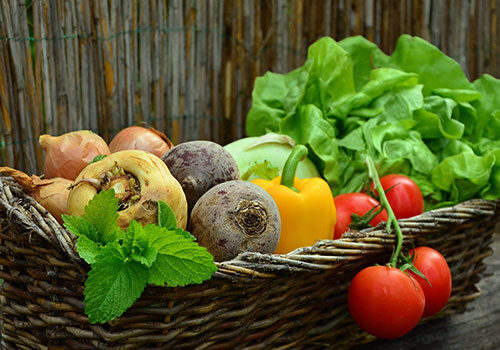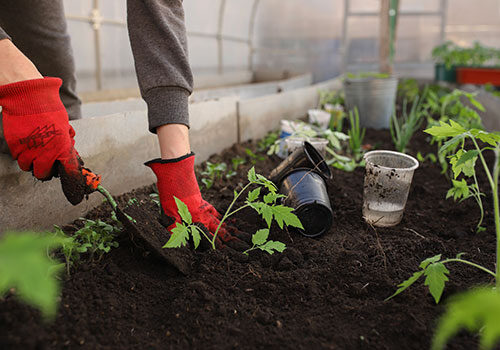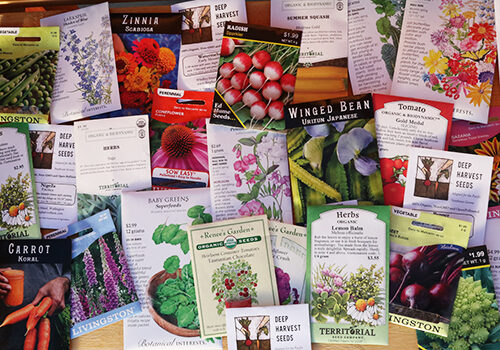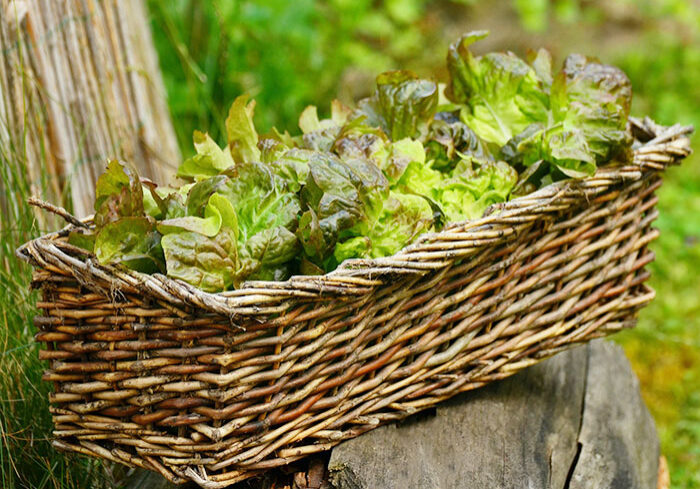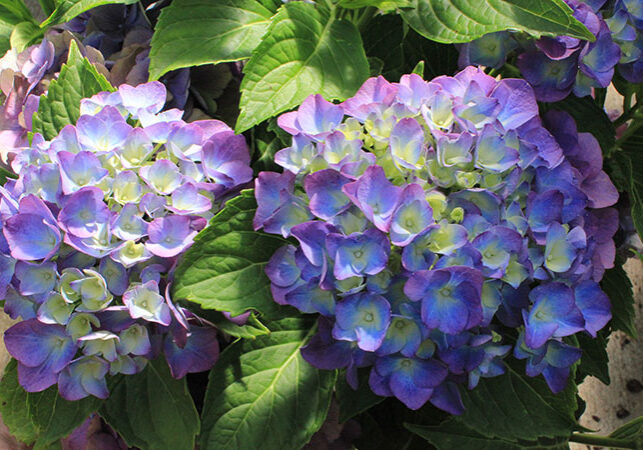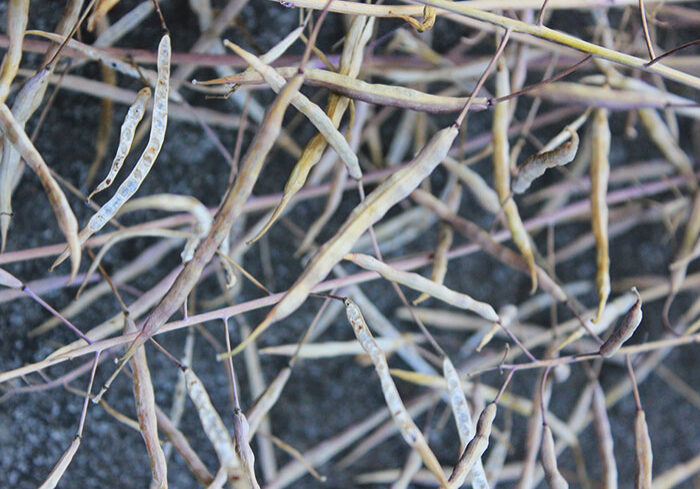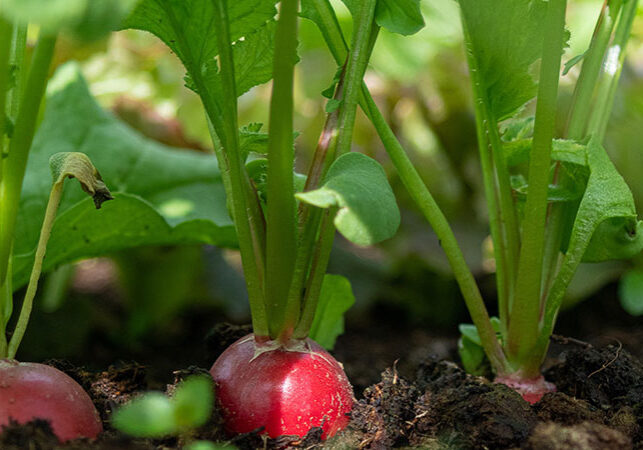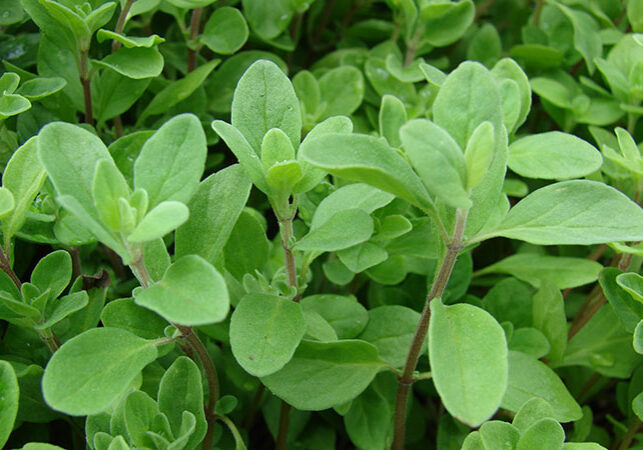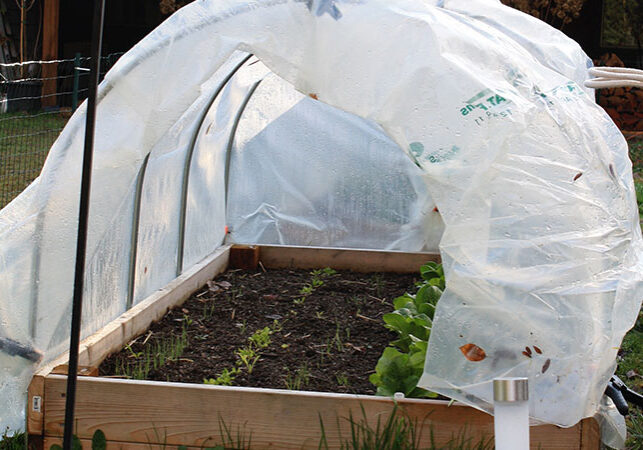VEGETABLES & HERBS
Explore our huge edibles selection, specially chosen to thrive in the PNW.
Fresh shipments arrive weekly and change with the seasons.
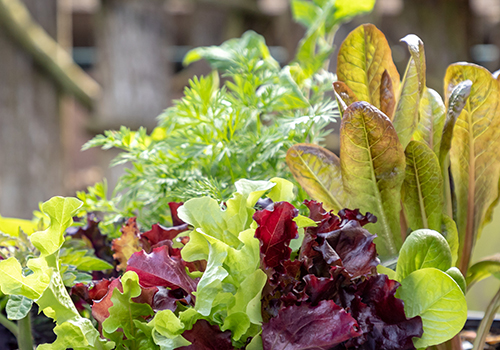
COOL SEASON VEGGIES
Late winter - spring is the first planting season for vegetables that like it cool. Lettuce, peas, spinach, kale, greens of all kinds, cabbage family, beets and radishes are all happy to be planted now.
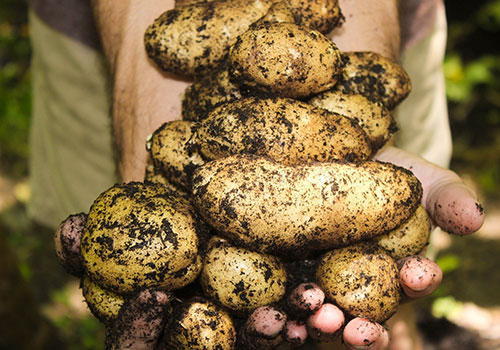
POTATOES & ONIONS
Potatoes should be planted in early spring (Mar-May), so be sure to check out our seed potato selection before they sell out! Walla Walla onion sets are available for most of the spring.
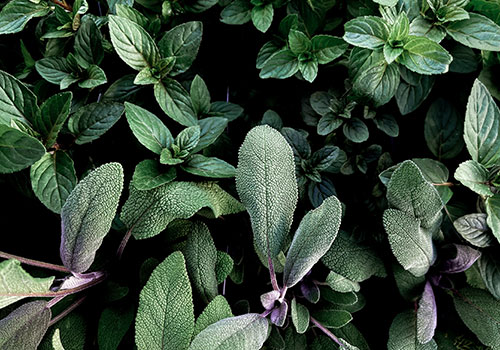
HERBS
From March - July look for our best selection of herbs, including shiso, parsley, lemongrass, tarragon, oregano and more. Hardy herbs like rosemary, bay, and thyme available Feb. - Oct.
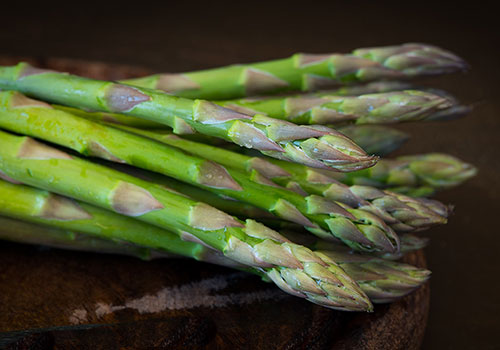
PERENNIAL VEGETABLES
Come in early March for the best selection of bare root asparagus, rhubarb, horseradish and more. April and beyond, look for rhubarb, artichoke, and tree collard starts.
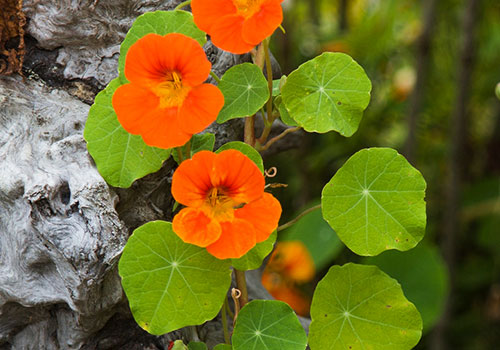
EDIBLE FLOWERS
If you love seasonal edible flowers, we usually receive our best selection of scented geraniums, nasturtiums, and marigolds in late Spring. Visit our annual page for ornamental flowers.
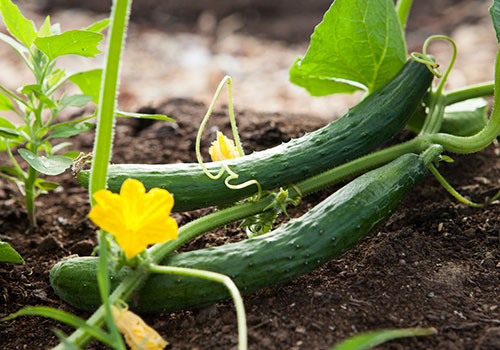
HOT SEASON VEGGIES
Pepper, cucumber, green bean, eggplant, summer and winter squash, tomatillo, melon and more starts arrive in early-mid May, as the weather warms and usually continue through June.
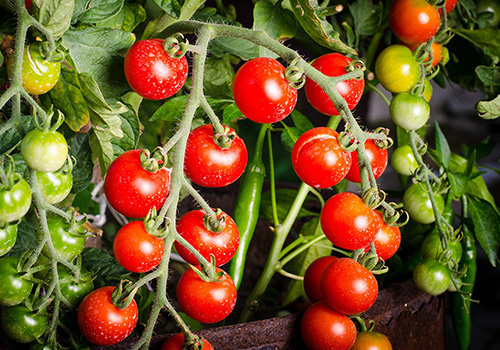
TOMATOES
From late April - early June, Sky carries a wide variety of slicers, beefsteaks, sauce and cherry tomatoes. Look for limited selection of patio, super-dwarf and grafted tomatoes as well.
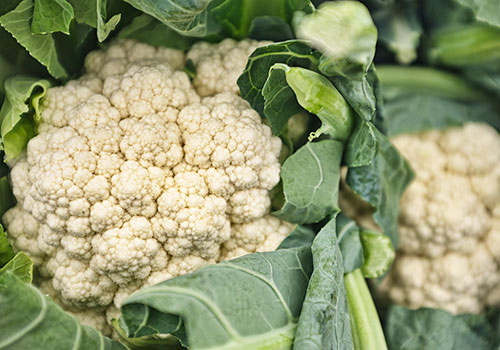
FALL/WINTER HARVEST VEGGIES
In late July/August we can plant a 2nd round of cool-season veggies for fall harvest and overwintering. Look for lots of greens, onions, peas and beets to reappear this time of year.
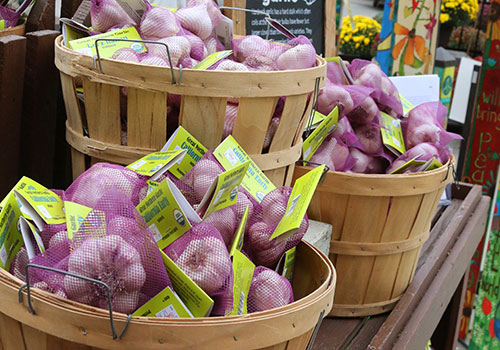
GARLIC
Heirloom, organic, softneck, hardneck and elephant garlic bulbs usually arrive in mid-late September, so save some room for those as you plant your overwintering veggies!

Our selection is always changing, with fresh shipments arriving throughout the week. Please give us a call to check availability.
Frequently Asked Questions
We carry certified organic vegetable and herb starts from Rent’s Due Ranch and Westwind Gardens. Many of our growers have not opted for certification, but still use sustainable practices that often go beyond organic standards. All vegetables and herbs here at Sky are local, sustainably grown, and GMO-free. We trust our growers, and we’ll be happy to answer any questions you might have about exactly how our starts were grown.
We do our best to carry an abundant selection of starts in their proper seasons. We usually get our first deliveries of a given variety 1-2 weeks before its ideal planting window, and we continue receiving fresh weekly shipments as long as we believe there’s ample time to plant for a quality harvest. Check our seed planting guide to get an idea of when you can expect to see your favorites. Keep an eye on our Facebook and Instagram pages for new arrivals and last-calls, or call to check weekly availability.
We recommend starting with what you like to eat! If you look forward to eating your home-grown veggies, you’ll have fun growing them. Look for some basic articles or videos on growing your top three or four favorite veggies, and go from there. We’d say don’t take on more than one 4’x8’ bed, or a few large pots, worth of space to manage your first time around. You can always add more veggies and more growing space to your repertoire.
Choose a high-quality organic, granulated fertilizer. Fertilizers labeled “All-Purpose” or “Vegetable and Herb” will both work well, and we carry several great brands. Soil provides the structure your plants need, but fertilizer is their food. Follow the instructions on the package to add the correct amount to your bed or container. Optionally, you can supplement with a liquid organic fertilizer such as fish emulsion. Most gardeners also need to add a small amount of lime to their beds each year to keep the pH neutral.
Open pollinated varieties will “come true from seed.” This means that as they are only pollinated by the same variety, any seeds saved from them will grow into a very similar plant. Although there’s no strict definition of “heirloom,” all heirloom varieties are open pollinated, and most have been around for at least 50 years.
Hybrid varieties are crosses between two or more open pollinated varieties. Hybrids are not GMOs. You can easily make a hybrid in your own garden, even by accident. Because they have the benefit of greater genetic diversity, hybrids are often more resilient and vigorous than open-pollinated varieties. However, they won’t “come true” from seed. If you save seeds from a hybrid, there’s no knowing what combination of the parents’ traits will show up in the new plant.
On the Blog
The Dance of the Veggies P2: Crop Rotation
Many gardeners have heard that crop rotation is a good idea, but there’s a lot of confusion out there over how to make it happen. Especially when you’re working with…
Read MoreThe Dance of the Veggies P1: Succession Planting
What is Succession Planting? Simply put, succession planting means growing more than one crop, or growing several rounds of the same crop, in the same space within the same year.…
Read MoreSeeds at Sky: Local, Organic, Sustainable & Beyond
It’s time to think about seeds! Here in the Pacific Northwest, many vegetable and summer flower seeds can be sown indoors starting in February to get a jump start on…
Read MoreHarvest Season is Every Season: Don’t Miss These Early Bonus Crops
Most of us have been trained to think in terms of linear systems, and new vegetable gardeners often start out trying to garden in a straight line: plant in the…
Read MoreSoil Acidity in the PNW
Have you heard that you need to “sweeten” your soil, that you should check your soil pH, or that your soil might be too acidic? Many gardeners have heard about…
Read MoreSeed Saving Basics
Seed saving is making a comeback! Like other survival skills from home canning to foraging, saving seeds was all but forgotten for a short time, but the practice is thriving…
Read MoreHot Weather, Cool Veggies
Learn about the basics of summer planting for fall and winter harvest, as well as vegetables to plant as late as September for harvest the following spring.
Read MoreGrow Herbs Indoors this Winter
Growing herbs indoors is a fun and convenient way to have fresh herbs on-hand for cooking. They also look beautiful and smell wonderful.
Read More5 Vegetables You Can Harvest All Winter Long
Plant these now for non-stop veggies from autumn to spring.
Read MoreJump Start Your Veggie Garden: Tips for a Chilly Spring
With a little extra care, intrepid veggie gardeners can absolutely get growing now.
Read More
